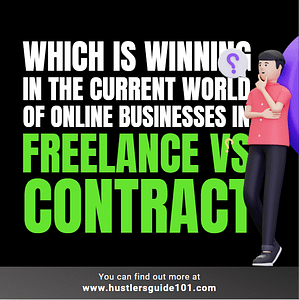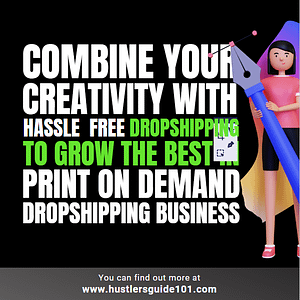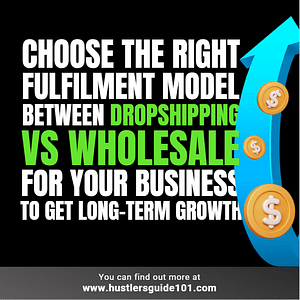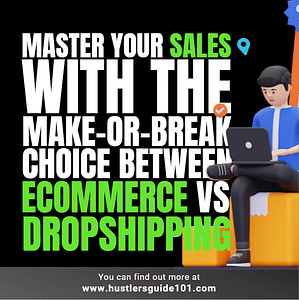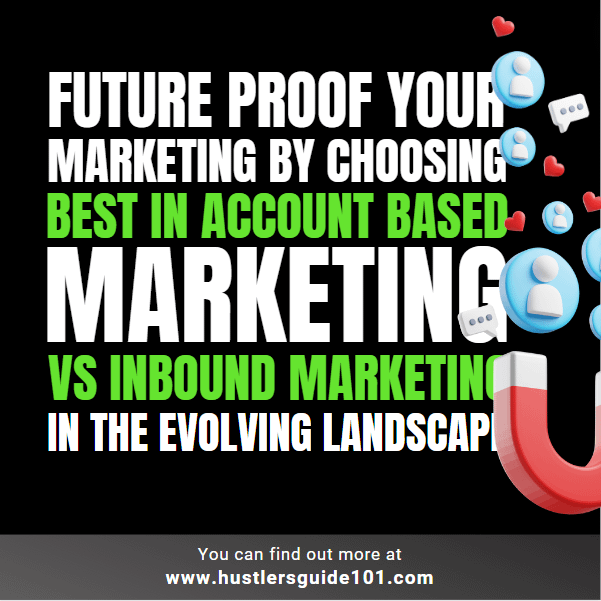
Agree or not, we all have become very short-tempered. We soon lose interest in something. The same is the case with your audience. To keep your audience engaged for years, you need to learn and implement account based marketing vs inbound marketing in your business.
Both types of marketing differ in their approaches, focus, and execution. The win? When executed correctly, they can transform potential customers into loyal supporters. So, let’s see how account based marketing vs inbound marketing can transform your business.
What is Account-Based Marketing (ABM)?
Account-Based Marketing (ABM) is a strategic approach focusing on targeting high-value accounts or specific companies rather than casting a wide net to attract individual leads. Its range is limited, and just like that, its target is a limited audience.
ABM involves identifying key accounts that align with your ideal customer profile, personalizing marketing efforts to address their unique needs and challenges, and nurturing relationships with decision-makers within those accounts.
Shortly, the primary goal of ABM is to engage key stakeholders within target accounts and drive revenue by delivering tailored experiences and solutions that resonate with their pain points.
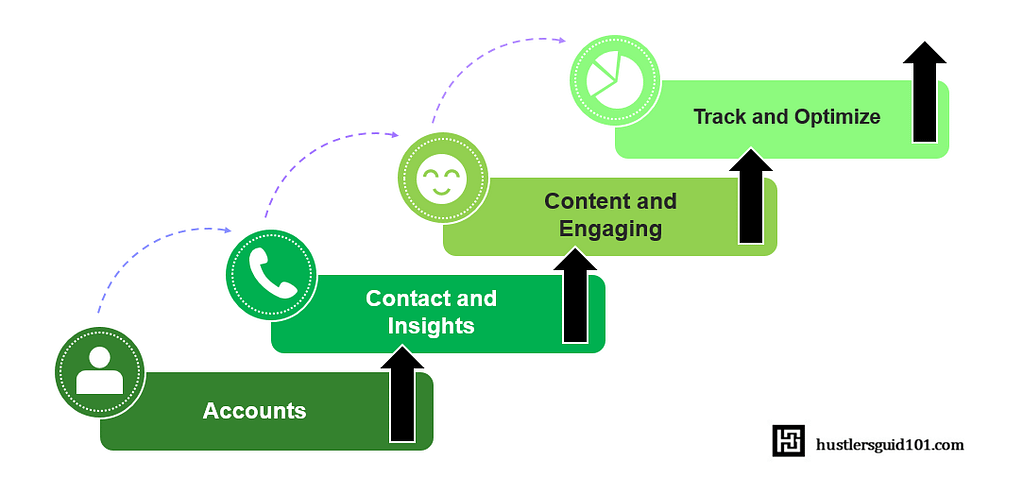
What is Inbound Marketing?
Inbound Marketing is a customer-centric approach that focuses on attracting prospects by creating valuable content and experiences tailored to their interests and needs. Like I said, Account-Based Marketing is limited and targets a limited audience.
Inbound Marketing aims to attract a broader audience of potential leads through content creation, SEO, social media marketing, and other digital channels.
The core philosophy of Inbound Marketing is to provide relevant and helpful information that educates and empowers prospects, ultimately guiding them through the buyer’s journey toward making a purchase decision.
What is inbound marketing funnel? Know in detail.
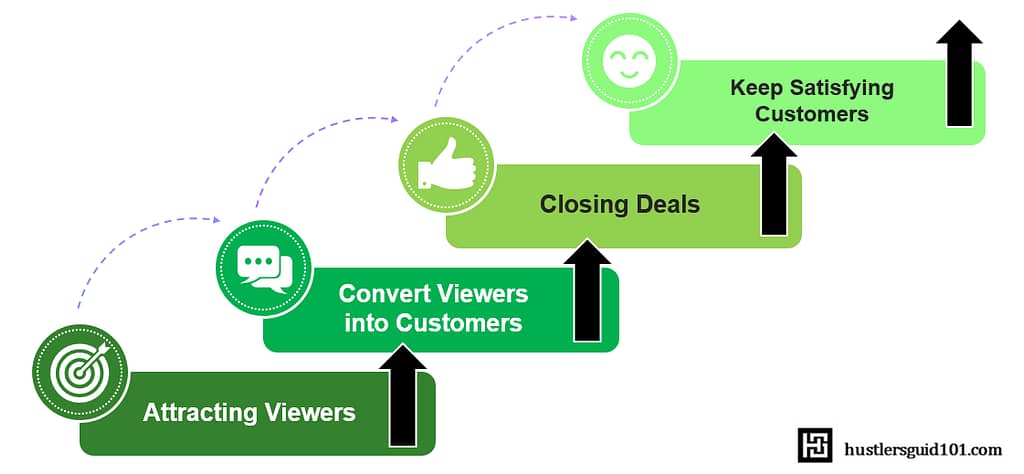
Components of Account Based Marketing
Identifying Target Accounts
The first component of ABM is identifying and prioritizing high-value target accounts with the greatest potential for revenue generation. You can do this by collaborating with sales teams to define ideal customer profiles and select accounts that fit those criteria.
Personalized Outreach
Now, you need to get a little personal to the audience by aiming at their priorities, likes, and needs. This component relies on personalized and highly targeted marketing campaigns tailored to each target account’s specific needs and preferences.
The best way to do this is through personalized email communications, targeted advertising, and custom content designed to address the challenges decision-makers face within the account.
Multi-Channel Engagement
ABM effectively leverages multiple channels to engage key stakeholders within target accounts. This may involve a combination of email marketing, social media outreach, personalized content, and one-on-one interactions with sales representatives.
Alignment Between Sales and Marketing
Well, successful ABM requires close alignment between sales and marketing teams to ensure seamless coordination and collaboration throughout the account engagement process. This alignment facilitates effective communication, shared goals, and a unified approach to engaging target accounts.
Account Engagement Metrics
It is very important to track how often representatives from your target accounts visit your website after every move you make. Many visits, especially to relevant content pages, indicate their interest in your offerings.
Monitor how target accounts engage with your content. Downloads clicks on CTAs (calls to action), and time spent on content all signal their level of interest and how well your content resonates.

Components of Inbound Marketing
Content Creation
Inbound Marketing revolves around creating high-quality, relevant content that addresses the needs and interests of your target audience. Best way to do this? You can do this by blog posts, eBooks, videos, infographics, and other types of content designed to attract and engage prospects at various stages of the buyer’s journey.
Search Engine Optimization (SEO)
SEO plays a crucial role in Inbound Marketing by optimizing your content to rank higher in search engine results pages (SERPs). By targeting relevant keywords and optimizing on-page elements, businesses can increase their visibility and attract organic traffic to their website.
Lead Generation
Inbound Marketing focuses on generating leads by capturing prospects’ interest through gated content, lead magnets, and email opt-ins. By offering valuable resources in exchange for contact information, businesses can build a database of leads to nurture and convert over time.
Marketing Automation
Marketing automation tools streamline the Inbound Marketing process by automating repetitive tasks such as email marketing, lead nurturing, and customer segmentation. By leveraging automation, businesses can scale their marketing efforts and efficiently deliver personalized experiences to prospects.
Know about the famous marketing automation checklist? Now, you can.
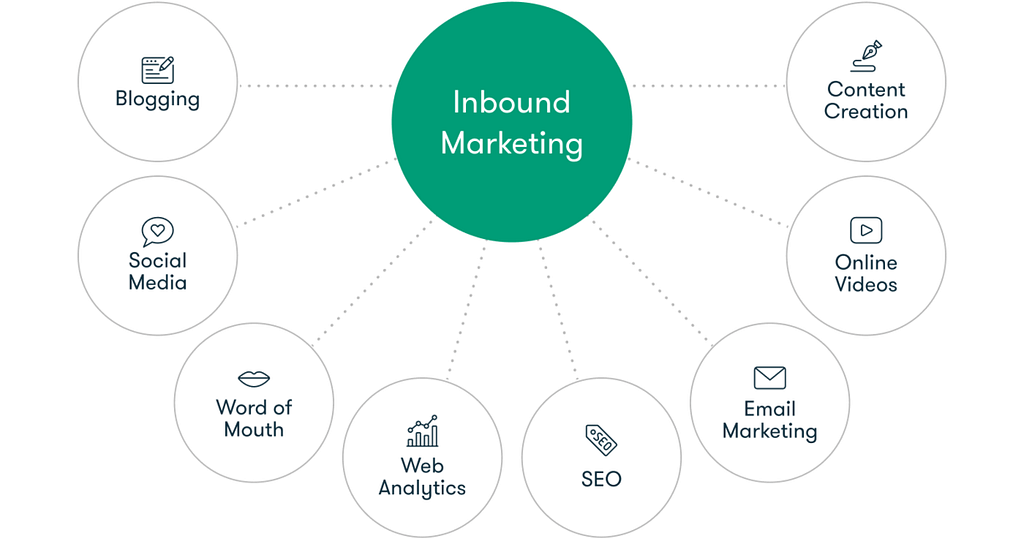
Usage And Strengths of Account Based Marketing
You must be wondering what’s the problem with traditional marketing and why we need to adopt account based or inbound marketing.
In the case of ABM, instead of generic marketing materials, ABM allows for content creation that directly addresses each target account’s specific challenges and goals. Besides this, ABM has more usage and benefits than traditional marketing.
High Return on Investment (ROI)
Now, we know that ABM concentrates resources on a select group of high-value accounts. This eliminates wasted efforts on unqualified leads, ensuring your marketing budget has a more targeted impact. This maximizes the revenue generated per customer acquired, contributing to a higher overall ROI.
Personalized communication and content audience to their challenges can move them through the sales funnel quicker, leading to faster conversions and a quicker return on your marketing investment (ROI).
Stronger Relationships
The approach of ABM goes beyond generic marketing messages. Targeted outreach with emails, social media interactions, or even physical mailers tailored to each account’s decision-makers fosters a sense of connection and builds trust.
By involving relevant executives from both your company and the target account, ABM creates a sense of partnership and fosters stronger relationships at leadership levels. This can champion the deal internally and expedite the decision-making process.
Increased Customer Satisfaction
Everyone loves to see the stuff they like. This is exactly what ABM targets. The personalized attention and focus on addressing specific needs lead to higher satisfaction among customers acquired through ABM efforts.
Satisfied customers are more likely to become loyal advocates, potentially leading to repeat business or referrals. Isn’t it what we all need?
Faster Sales Cycles
Traditional marketing often involves nurturing a large pool of leads, many of which may not be a good fit. ABM eliminates this step by targeting only high-value, pre-qualified accounts with a strong likelihood of converting.
Direct communication with key decision-makers within target accounts eliminates unnecessary steps and hurdles in the sales process. You’re not waiting for responses from unqualified leads, allowing for faster progress toward a sale.
Also, consider Buy Me A Coffee Vs Patreon – Which Is Better?, which is one more best way to reach good audience.
Usage And Strengths of Inbound Marketing
We’ve learned that Inbound Marketing is the game of content. It uses content creation as a core strategy. While creating high-quality content requires time and effort, it’s generally less expensive than traditional outbound marketing methods like print ads, television commercials, or just cold calling.
Although it’s a cheaper method but it requires good approaches. When used with the best approaches, inbound marketing shows the following strengths and benefits.
Broader Reach
Traditional Marketing methods might be limited to certain audiences. However, inbound marketing doesn’t limit your reach to a specific group of people.
Creating high-quality content optimized for search engines increases the chances of attracting a broad audience (local and international) interested in your industry or the problems your product or service solves.
Long-Term Value
Remember the song you were listening to two weeks ago, and now you’re bored of it? Your audience gets bored, too. This is where attractive and ever-evolving content falls in. The content you create has the potential to attract leads over an extended period.
A well-written blog post or informative ebook can continue to generate leads for months or even years after it’s published. This maximizes the return on investment (ROI) compared to one-time marketing tactics.
The more valuable content you create and share, the more likely your brand will appear in search engine results and be seen by potential customers. This increases brand recognition and keeps your company at the forefront of their minds when they’re ready to make a sweet purchase.
Adaptable to Business Size
Unlike some marketing strategies that require significant upfront costs, Inbound Marketing is scalable for businesses of all sizes. This means you can tailor your approach based on your resources.
A small startup can create valuable blog content to reach a targeted audience, while a larger company can invest in a wider variety of content formats like ebooks, webinars, or even video series.
Building Trust and Credibility
You build trust and credibility with your target audience by sharing valuable knowledge and expertise through your content. Potential customers are more likely to consider your brand when they perceive you as a knowledgeable and reliable source of information.
By sharing insights, expertise, and thought leadership, businesses can build brand awareness, credibility, and trust among prospects and customers.
If you want to know the right tools for marketing, check out this blog on best inbound marketing tools.
Choosing the Right Strategy: Account Based Marketing VS Inbound Marketing
When deciding between Account-Based Marketing and Inbound Marketing, you must consider factors such as your target audience, business objectives, resources, and industry landscape.
But the factors don’t end here. I have shortlisted some key considerations to help you choose the right strategy for your business.
Target Audience
ABM may be the more suitable approach if your business operates in a niche market or relies on a few high-value accounts for revenue generation. Conversely, Inbound Marketing may be a better fit if you aim to attract a broader audience of potential leads and nurture them through the buyer’s journey.
Business Objectives
Consider your business objectives and whether they align more closely with ABM’s personalized, account-centric approach or the scalable, content-driven approach of Inbound Marketing.
Also, determine whether your primary focus is driving revenue from specific accounts, generating leads, and increasing brand awareness on a larger scale.
Resources and Budget
Evaluate your available resources, including budget, personnel, and technology infrastructure. ABM typically requires more personalized outreach and one-on-one engagement, which may require additional resources compared to the more automated, scalable approach of Inbound Marketing.
Industry Landscape
Assess the competitive landscape and industry dynamics to determine which approach is most effective for reaching and engaging your target audience. Consider factors such as market saturation, buyer behavior, and the level of competition to inform your decision.
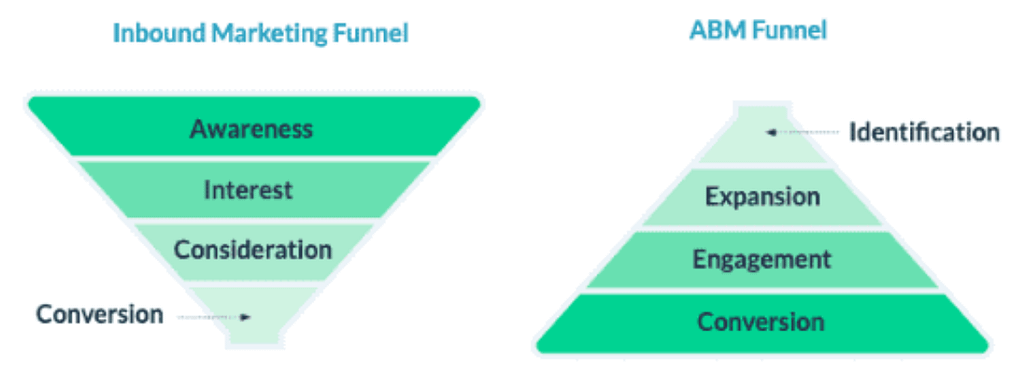
My Advice: I suggest using both marketing strategies when choosing account based marketing vs inbound marketing. Implement both strategies regardless of your business's scale.
Trendy FAQs: Account Based Marketing Vs Inbound Marketing
Can Inbound Marketing be integrated with ABM strategies for enhanced results?
Yes, like I said earlier, you can use both strategies for the same business, and trust me, it will yield powerful results.
Inbound Marketing can help attract and engage prospects at the top of the funnel, while ABM can focus on personalized engagement and conversion tactics for high-value target accounts further down the funnel.
How do ABM and Inbound Marketing measure success and ROI?
Well, ABM typically measures success through metrics such as account engagement, pipeline velocity, and revenue generated from target accounts. Inbound Marketing measures success through metrics like website traffic, lead conversions, and customer engagement, which contribute to overall ROI.
How does Inbound Marketing adapt to changes in search engine algorithms and SEO best practices?
Inbound Marketing stays current with changes in search engine algorithms and SEO best practices by regularly monitoring updates and adapting content strategies accordingly.
This may involve optimizing content for new ranking factors, adjusting keyword targeting, and staying informed about industry trends and changes.
Wrap Up: Account Based Marketing Vs Inbound Marketing
In short, the truth is that both ABM and Inbound Marketing have their merits. The best approach for your business depends on your specific goals, resources, and target audience. Choose ABM if You have a well-defined set of high-value accounts and the resources to personalize campaigns for each.
Conversely, choose Inbound Marketing if you’re looking for a scalable approach to attract a broad audience and nurture leads over time. In the end, you can use both marketing in a single business.


